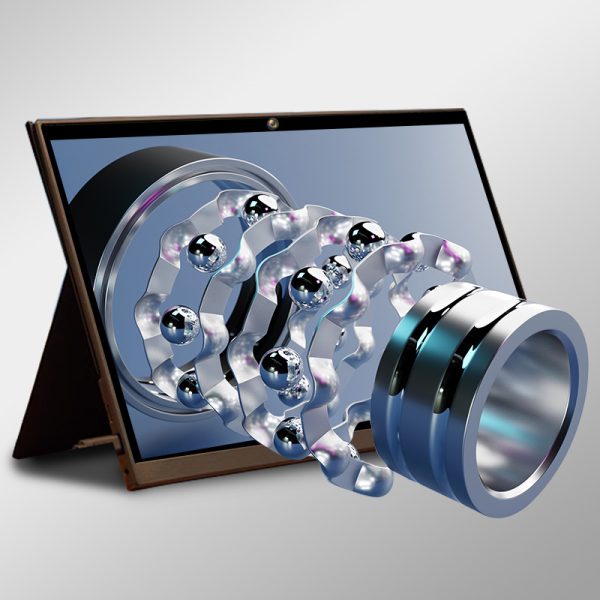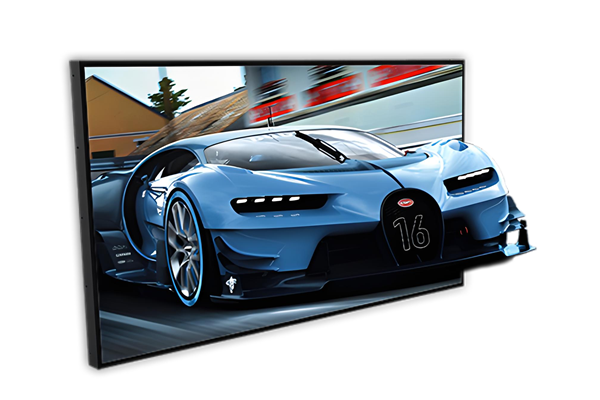Holographic projection is a groundbreaking technology that uses optical principles to display realistic 3D images. Unlike traditional display methods, it can project three-dimensional images into space, allowing viewers to experience immersive 3D visuals without any devices. As technology advances, holographic projection is gradually becoming part of our daily lives, with applications in entertainment, advertising, healthcare, education, and many other fields. This article will explore the working principle of holographic projection and introduce its applications in various industries.
1. What is Holographic Projection?
Holographic projection is a technology that produces realistic three-dimensional images by utilizing the principles of light interference and diffraction. Unlike traditional 2D displays, holographic projection can present images in space without the need for any display devices. Viewers can watch images from different angles and experience a 3D visual effect. This effect can showcase not only static images but also dynamic ones, providing a more vivid and realistic experience for the audience.
2. How Does Holographic Projection Work?

The working principle of holographic projection is based on holographic imaging technology, which reconstructs 3D images through interference and diffraction.
- Laser Source: Holographic projection uses lasers as the light source because lasers have monochromatic light and consistent wavelengths, making them ideal for accurately recording light wave characteristics.
- Interference Phenomenon: The laser light is split into two beams—one is directed at the object, and the other is directed at a holographic plate. The two beams interfere with each other on the plate, creating interference fringes that carry the 3D information of the object.
- Creation of Hologram: The interference patterns capture the light wave data from the object, creating the hologram. This hologram contains both the intensity and phase information, which are essential for reconstructing the 3D image.
- Image Reconstruction: When the hologram is illuminated by laser light, the light wave information is recombined, producing a 3D image. Viewers can observe the image from different angles and experience the 3D effect from all perspectives.
3. Holographic Projection and Naked-eye 3D
Both holographic projection and naked-eye 3D technologies aim to deliver more realistic and immersive visual experiences. Naked-eye 3D leverages advanced screen technologies and optical techniques to deliver a 3D visual experience, allowing viewers to perceive depth and dimension without the need for glasses. Similarly, holographic projection utilizes the principles of light interference and diffraction to create 3D images in space, which viewers can freely observe from different angles without any additional equipment.
Although the technologies behind these two approaches differ, they share a common goal of providing natural and realistic 3D visual experiences. Holographic projection not only supports the display of static images but also can showcase dynamic images, enhancing interactivity and immersion. This makes holographic projection highly applicable in fields such as entertainment, advertising, education, and healthcare.
4. Applications of Holographic Projection

Holographic projection, with its innovation and visual impact, is gradually being applied in many fields. Below are some of the most exciting real-world examples:
- Entertainment:
Holographic projection has revolutionized the entertainment industry, particularly in live performances. One of the most famous examples is the holographic concerts of deceased music legends like Tupac Shakur and Michael Jackson. During live performances, holographic projections allow virtual appearances of these stars, offering fans a unique and emotional experience. Holographic effects are also used to create lifelike projections in theaters, providing a new level of visual storytelling. - Advertising and Marketing:
Holographic projection is increasingly used in advertising to attract attention in crowded spaces. For instance, Volvo utilized holographic projections in their car showrooms to create interactive 3D displays of their vehicles, allowing potential customers to explore car features from all angles. In shopping malls, holographic advertisements are deployed to engage customers with vivid, interactive visuals, significantly boosting product visibility and engagement. - Healthcare and Education:
In healthcare, 3D visualization is already improving surgery planning and training. For example, the Cleveland Clinic uses holographic projections to create 3D models of patients’ organs, enabling surgeons to practice complex procedures before operating. This technology enhances accuracy and reduces risks during real surgeries. In the field of education, NASA uses holographic projections to teach students about space exploration, allowing them to interact with 3D representations of planets and spacecraft, providing a far more engaging and informative experience.
5. Future Developments in Holographic Projection
Although holographic projection technology has shown great potential, it still faces several challenges. With the continuous advancement of technology, the future applications of holographic projection will become even more widespread:
- Technological Innovations: With the development of computer graphics, optical technology, and artificial intelligence, the image quality, rendering speed, and interactivity of holographic projection will continue to improve.
- Miniaturization and Accessibility of Devices: Currently, holographic projection devices are relatively expensive. However, as manufacturing processes improve and market demand increases, holographic projection devices are expected to become smaller and more affordable, eventually reaching ordinary households and small businesses.
- Applications Across Multiple Industries: In the future, holographic projection will find broader applications in healthcare, education, architecture, entertainment, and many other industries, driving innovation and development across various sectors.
Conclusion
Holographic projection technology demonstrates the potential of future visual experiences, while naked-eye 3D technology is also making significant strides in various industries. As a leading brand in the naked-eye 3D field, 3D METAVERSE is focused on providing immersive 3D experiences without the need for glasses, driving innovation in entertainment, advertising, education, and more.
As technology continues to evolve, naked-eye 3D will develop alongside other advanced technologies to bring richer visual experiences and drive transformations in lifestyles and business models. For more information or to discuss potential applications, Contact Us.





